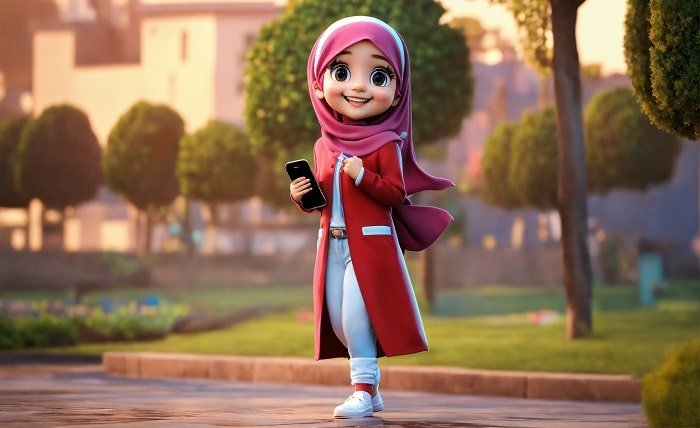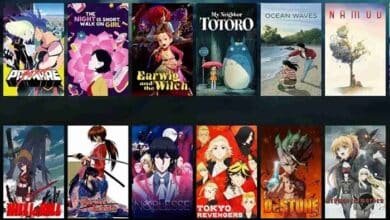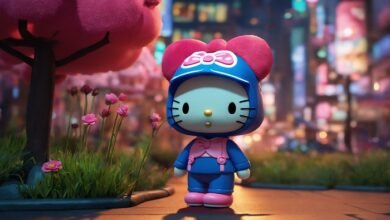The World of Kartoon: From Humble Beginnings to Modern Masterpieces

Introduction
The word “kartoon” brings to mind colorful characters, engaging stories, and the magic of animation that has captivated audiences for decades. From early sketches on paper to high-tech digital animations, the world of cartoons has evolved significantly, shaping and reflecting societal changes. This blog post delves into the rich history, development, and influence of cartoons, providing a comprehensive look at this beloved form of entertainment.
The Birth of Cartoons: A Historical Overview
Cartoons have a long history, dating back to the early 19th century when simple illustrations began to evolve into more complex storytelling forms. The term “cartoon” itself originally referred to full-sized sketches made by artists as studies for paintings, particularly murals. Over time, it came to denote humorous and satirical illustrations in newspapers and magazines.
Early Pioneers: The First Animated Cartoons
The first animated cartoons were simple, black-and-white silent films that amazed audiences with their novelty. Pioneers like Winsor McCay with “Gertie the Dinosaur” in 1914 and Walt Disney with “Steamboat Willie” in 1928, featuring Mickey Mouse, set the stage for what would become a thriving industry.
The Golden Age of Animation
The 1930s to 1950s are often referred to as the Golden Age of Animation. During this period, studios like Disney, Warner Bros., and MGM produced iconic characters and series such as Bugs Bunny, Tom and Jerry, and Snow White. This era marked the establishment of animation as a major entertainment medium.
The Evolution of Animation Techniques
From hand-drawn cells to CGI, animation techniques have continually evolved. The introduction of color, sound synchronization, and computer-generated imagery (CGI) revolutionized the industry, allowing for more intricate and visually stunning productions.
The Impact of Television on Cartoons
The rise of television in the 1950s and 60s brought cartoons into living rooms across the world. Saturday morning cartoon blocks became a staple for children, with shows like “The Flintstones,” “Scooby-Doo,” and “The Jetsons” becoming household names.
The Cultural Significance of Cartoons
Cartoons have often mirrored societal changes and influenced culture. From political satire to social commentary, animated series have addressed significant issues, sometimes sparking controversy but also promoting discussion and awareness.
The Rise of Japanese Animation: Anime
Anime, the Japanese style of animation, has had a profound impact on global entertainment. With its unique aesthetics and storytelling, series like “Naruto,” “Dragon Ball,” and “Attack on Titan” have garnered international fanbases and influenced Western animation.
Cartoons in the Digital Age
The digital revolution has democratized animation, making it accessible to independent creators and small studios. Platforms like YouTube and streaming services have allowed a new generation of animators to reach global audiences without traditional gatekeepers.
The Role of Voice Acting in Cartoons
Voice actors bring animated characters to life, adding depth and personality to the visuals. Iconic voices, such as Mel Blanc’s myriad characters in Looney Tunes or Nancy Cartwright’s Bart Simpson, have become as recognizable as the characters themselves.
The Business of Cartoons: Marketing and Merchandising
Cartoons are not just entertainment; they are also big business. From action figures and clothing to video games and theme parks, the merchandising of cartoon franchises generates billions of dollars annually, extending their influence beyond the screen.
Educational Cartoons: Learning Through Animation
Educational cartoons have played a significant role in teaching children and adults alike. Shows like “Sesame Street,” “Dora the Explorer,” and “Magic School Bus” combine entertainment with learning, making education fun and engaging.
The Future of Cartoons: Trends and Innovations
The future of cartoons looks bright with advancements in technology and new storytelling techniques. Virtual reality (VR) and augmented reality (AR) offer immersive experiences, while artificial intelligence (AI) opens new possibilities for animation creation and personalization.
Conclusion
The world of cartoons, or “kartoon,” has come a long way from its humble beginnings. It has grown into a multifaceted industry that continues to innovate and captivate audiences of all ages. Whether through laughter, education, or cultural commentary, cartoons remain a vital part of our entertainment landscape.
FAQs
1. What was the first cartoon ever made? The first cartoon is often considered to be “Fantasmagorie” by Émile Cohl, created in 1908. It featured hand-drawn images photographed to create the illusion of movement.
2. How did cartoons transition from hand-drawn to digital animation? The transition began in the late 20th century with the advent of computer graphics and software that could simulate traditional animation techniques. This evolution allowed for more complex and visually stunning animations.
3. What is the difference between cartoons and anime? Cartoons generally refer to Western-style animations, while anime is a distinct style of animation originating from Japan, characterized by its unique art styles and often more mature and complex themes.
4. How do voice actors contribute to cartoons? Voice actors provide the voices for animated characters, adding personality and emotion. Their performances can make characters memorable and contribute significantly to the success of a cartoon.
5. What are some of the most influential cartoons of all time? Some influential cartoons include “Mickey Mouse,” “Looney Tunes,” “The Simpsons,” “SpongeBob SquarePants,” and “Pokémon,” each contributing to the evolution of animation in different ways.
Cartoons continue to be a beloved and evolving art form, reflecting the creativity and technological advancements of their times. As we look to the future, it’s exciting to imagine what new adventures and innovations the world of “kartoon” will bring.





